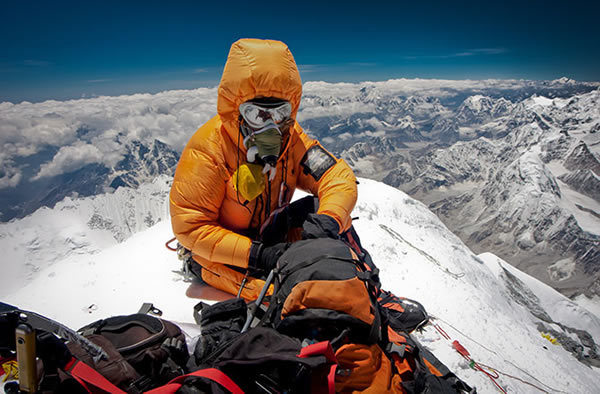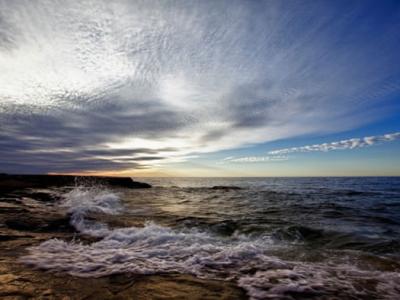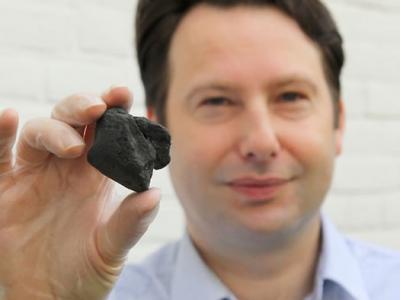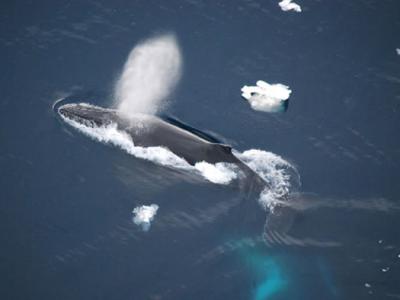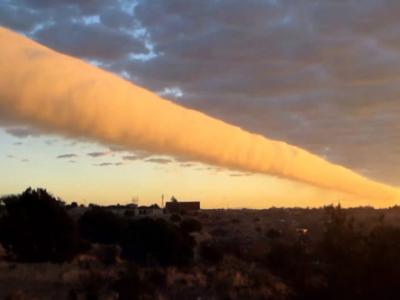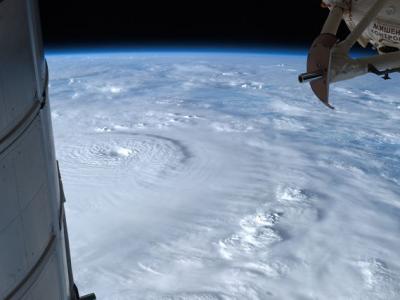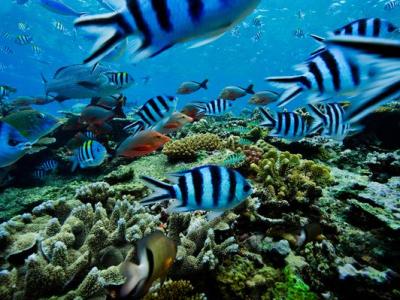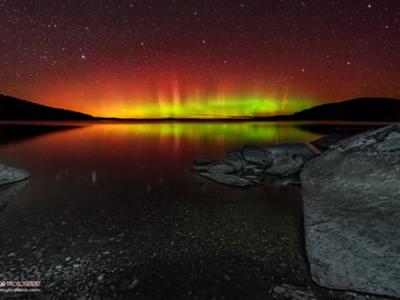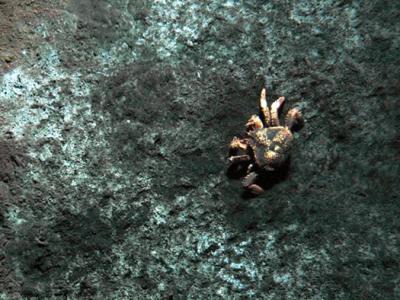Everest at 60: A Race to the Bottom?
Everest at 60: A Race to the Bottom?
Sixty years since Mount Everest's first successful ascent, little remains of that noble enterprise of courage and personal challenge, concludes a new study.
Ego, hubris and greed have replaced the early climbers’ gentlemanly conduct, leaving civil behavior almost entirely to the Sherpas, says the research into more than 6,300 expeditions.
David A. Savage and Benno Torgler, two researchers from the Queensland Behavioral Economics (QuBE) Group in Australia, analyzed over 60 years of Himalayan climbing data, and divided them in two distinct periods, pre-commercialization (1950-1987) and post-commercialization (1988-2009).
They investigated 285 peaks and more than 47,000 expedition members in an attempt to understand how humans react to stressful conditions at high altitude.
“There is limited scientific knowledge available on how humans actually behave in extreme situations, but would we really be willing to let a man die for personal glory?” Savage said.
Before the introduction of commercial climbing ventures in the 1980s, rivalry was neither cut-throat nor anti-social. Mount Everest was populated by a community of climbers who were for the most part well known to each other and tied together by the “brotherhood of the rope,” a deep sense of solidarity.
That sense of community suffered after the introduction of lucrative commercial expeditions, the study suggests. Clients paid exorbitant climbing fees, up to $65,000, to get to the summit, thus focusing on a single attempt.
“The people just want to get to the top," said Sir Edmund Hillary, who with Tenzing Norgay made the first ascent on May 29, 1953. "It was wrong if there was a man suffering altitude problems and was huddled under a rock, just to lift your hat, say good morning and pass on by."
Perhaps the most infamous example was that of David Sharp, an English mathematics teacher and mountaineer who died in 2006, a mere 300 meters from the summit of Mount Everest.
Attempting a solo climb, without either guide or Sherpa, Sharp began suffering altitude problems, starving of oxygen.
“He sat just off the climbing route, slowly drowning as his lungs filled with his own fluids while his arms and legs turned to ice,” Savage said. “I think what disturbed the world was that approximately 40 climbers ignored this man’s plight as they made their way to the summit,” Savage said.
Savage and Torgler point out that after a death has occurred, commercial expeditions go on to record a successful climb in 80.6 percent of cases, but only 37.8 percent for the non-commercial expeditions.
“The Sherpa appear to embody and hold to the pre-commercial values of behavior, which has been weakened in the modern climbers, and is faintly visible in the non-commercial expeditions,” Savage concluded.
Unlike commercial expeditions, a death in a non-commercial venture has a highly significant negative impact on the probability of success, indicating a willingness to stop or abandon expeditions.
“Given the multitude of anecdotal reports, books and newspaper stories about the behavior of modern climbers, these results did not come as a surprise to me,” Savage told Discovery News.
“However, I was not expecting to find that the non-commercial climbers had started to weaken as well," he said. "The Sherpa may be responsible for the remaining prosocial behavior,” he said.
Richard Salisbury, the co-creator of the Himalayan Database used in the study, told Discovery News he was not surprised by the findings, although he believes they need to be confirmed by further research and methods.
Savage and Torgler detail their findings in the journal of the Center for Research in Economics, Management and the Arts.(May 29, 2013 06:30 AM ET // by Rossella Lorenzi)
